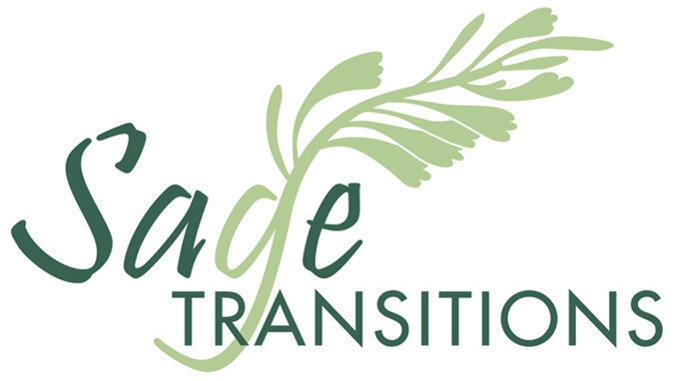How Personality Affects Employees' Ability to Work Remotely
Four years ago estimates from the Office for National Statistics suggested that up to 50 percent of the workforce could soon spend at least some time working remotely. A few years ago that might have seemed unimaginable, but 2020 has certainly and rapidly become the year of remote working.
Even before Covid-19 forced organisations to move some or all of their workforces to home working, the proportion of remote workers had been steadily rising. However, the accelerated shift has meant that many people have had to suddenly and immediately shift to working remotely 100 percent of the time, and many companies and workers were not psychologically, emotionally or materially prepared to make that change.
There are plenty of tools and tech to help people work from home. There’s also the understanding that these are not normal times. In an ideal world, remote workers would have a gradual onboarding experience where they have support adapting to a different work environment. For most, this is not the case currently. Therefore, we need to understand how different people will react and adapt to a remote working environment. Personality is a stable and consistent predictor of workplace outcomes so is also a great way to understand and manage remote workers.
Previous research on the personality traits of remote workers shows different management approaches need to be considered depending on people’s personalities. Three important personality traits to consider for remote work are:
Conscientiousness
Conscientiousness describes people’s motivation, discipline and capacity for long-term planning. Employees with higher levels of conscientiousness tend to be more self-motivated and able to manage their own schedules and deadlines independently.
High conscientiousness is a significant asset in a remote working environment, and those with high conscientiousness tend to be better able to manage and organise their workload, deadlines, schedules and responsibilities when working independently. Those with lower conscientiousness are likely to need more oversight and support.
Managing high conscientiousness
Workers with higher conscientiousness tend to want more autonomy and independence in their work. They tend to be good at managing their own schedules, but may have more difficulty switching off, especially when at home.
Managing low conscientiousness
Workers with lower conscientiousness often need more external support, accountability and regular check-ins to keep on track. They tend to be more motivated by their immediate physical and social environment so tend to need external help with time management.
Adjustment
Adjustment explains how people react to stressors and someone’s ability to manage and regulate their own emotions. Those with higher adjustment levels tend to have an easier time adapting to some of the new demands and stressors of working remotely. Those with lower adjustment levels may find new working environments stressful. They may, however, also find working remotely relieves some of the stressors present in traditional working environments.
Managing high adjustment
Those with higher adjustment adapt more quickly and feel less anxiety than others, but this also means they are more likely to seem aloof. In times of extreme challenge or stress they may be less comfortable talking about their worries, so prompting these discussions may be necessary.
Managing low adjustment
Reassurance and clarity can be very helpful. Those with lower adjustment may be more likely to ruminate or jump to worst-case-scenario thinking. It’s important for managers to provide open and honest information and reinforce the importance of their contribution at work.
Curiosity
Workers with higher levels of curiosity enjoy learning new things, and they tend to enjoy new work environments. Those with higher curiosity are likely to adapt more quickly to new situations and enjoy the process of learning. They tend to adapt more quickly to new tools and technologies and many have a preference for remote or flexible working environments.
Managing high curiosity
Workers with high curiosity tend to enjoy novelty and learning new things, and are often quicker to adapt. They may be more distractible and can benefit from managers keeping them focused. They sometimes need guidance when prioritising objectives.
Managing low curiosity
People with lower curiosity need much more consistency and regularity in their schedules, tasks and work. Those with lower curiosity often prefer more consistency in schedules and meetings, and may benefit from making their home working space resemble a traditional office environment.
This article was originally published in People Management.
